 Zambia – a Sub-Saharan African nation that has the largest copper industry and is home to one of the Seven Wonders of the World – is one of the poorest nations in the world. Despite its beautiful Victoria Falls attraction and other scenery, 60 percent of Zambia’s population (16 million people) live below the poverty line.
Zambia – a Sub-Saharan African nation that has the largest copper industry and is home to one of the Seven Wonders of the World – is one of the poorest nations in the world. Despite its beautiful Victoria Falls attraction and other scenery, 60 percent of Zambia’s population (16 million people) live below the poverty line.
Five million people in Zambia do not have access to safe water, and eight million of their people do not have access to sufficient sanitation. These cause diarrheal diseases and often death for children under five. Aside from physical health deterioration, many kids do not get the proper schooling, which in turn makes it more difficult to get jobs in the future to financially stabilize themselves and their families. This is a major concern for Zambia, with more then half of the nation living below the poverty line. Luckily, there are many easy ways to help people in Zambia.
Donate
One way to help the people in Zambia is to donate. There are multiple organizations that accept donations which go directly to Zambia. An organization called Children’s International uses donations to pay for school uniforms, supplies, scholarships, tutoring and medications that are inaccessible to people in Zambia. Children’s International also works with setting kids up for employment by holding mock interviews, resumé building workshops as well building both workplace and technical skills.
Sponsor
Another way to help those suffering in Zambia is to sponsor a child. An organization called Children International works to create a better environment for kids to grow up in by running a sponsorship. Sponsoring a child in Zambia would allow Children International to continue to provide education and healthcare to children in need.
Hands-On Volunteering
For those looking to get first-hand experience acting on the poverty crisis in Zambia, you can join one of the many organizations that work hands-on in the country. One of the best ways to help people in Zambia is to volunteer your time on the ground. One organization that works in Zambia to create sanitation facilities throughout the country is called Water Aid. In 2016, Water Aid was able to provide 61,000 people with safe water and 62,000 people with better sanitation.
Support the Bill
Another way to help people in Zambia is to be a voice by supporting the AGOA & MCA Modernization Act. If passed, the bill will authorize the Millenium Challenge Corporation to operate concurrent economic compacts in other countries, including Zambia. Contacting members of congress by phone or email to let them know you support the bill is an easy way to help out those in Zambia. The people in Zambia are not able to provide a voice for themselves, but others have the ability to stand up for them.
Donating, sponsoring a child, volunteering and supporting the AGOA & MCA Modernization Act are all fantastic ways to get involved and help the people of Zambia. The more people willing to help, the sooner Zambia can start to see its citizens being lifted out of poverty.
– Chloe Turner
Photo: Flickr
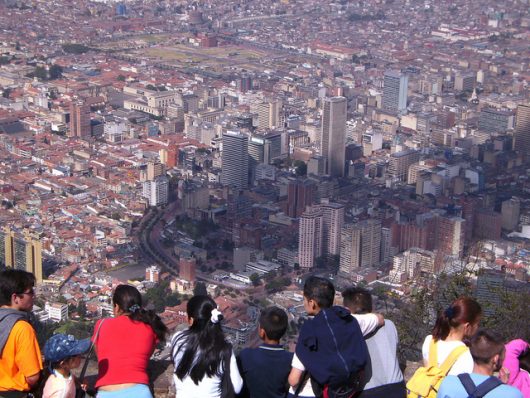
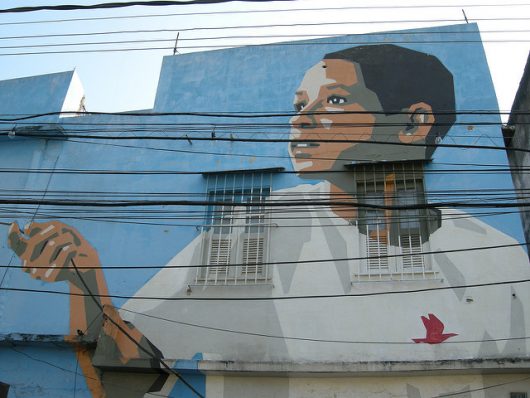 Though
Though 
 How to help people in Greece? While Greece is one of the world’s most beautiful travel destinations, it is currently experiencing a great deal of
How to help people in Greece? While Greece is one of the world’s most beautiful travel destinations, it is currently experiencing a great deal of  When most people hear the word “Congo,” the country they are thinking of is The Democratic Republic of Congo. There are actually two Congos: The Democratic Republic of Congo and The Republic of Congo. This article will address The Republic of Congo, which is often simply referred to as “Congo.” Though there is a discrepancy there, there is very little difference between the effect that poverty has on these two African nations’ impoverished citizens and how to help people in the Congo.
When most people hear the word “Congo,” the country they are thinking of is The Democratic Republic of Congo. There are actually two Congos: The Democratic Republic of Congo and The Republic of Congo. This article will address The Republic of Congo, which is often simply referred to as “Congo.” Though there is a discrepancy there, there is very little difference between the effect that poverty has on these two African nations’ impoverished citizens and how to help people in the Congo.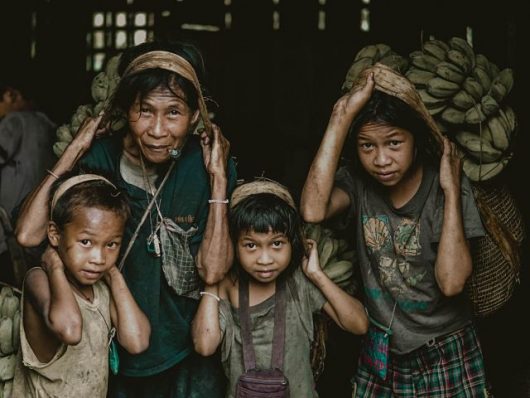 The Philippines has had a tumultuous history rife with military conflict. Such conflict seems to go hand in hand with widespread According to the Philippine Statistics Authority, as of 2015,
The Philippines has had a tumultuous history rife with military conflict. Such conflict seems to go hand in hand with widespread According to the Philippine Statistics Authority, as of 2015, 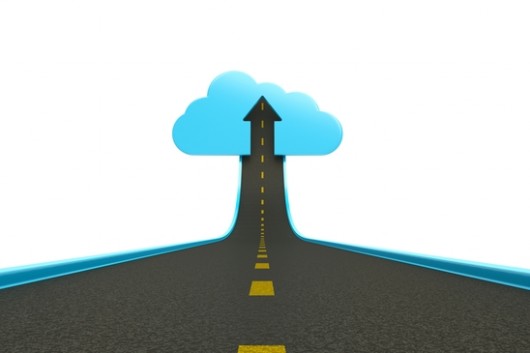 The most recent
The most recent 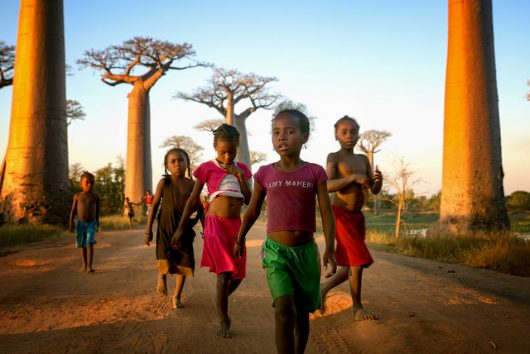
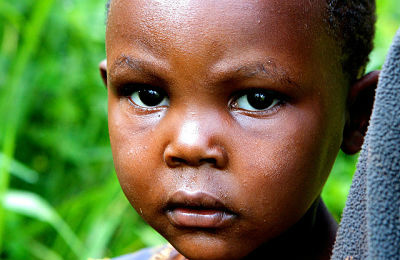 Wanting to help the world is noble, but it is a daunting task when so many countries and people are in need. However, choosing where to contribute can help you focus on improving individual’s lives instead of feeling overwhelmed. Helping people in Uganda, for example, feels like a much more achievable goal.
Wanting to help the world is noble, but it is a daunting task when so many countries and people are in need. However, choosing where to contribute can help you focus on improving individual’s lives instead of feeling overwhelmed. Helping people in Uganda, for example, feels like a much more achievable goal.